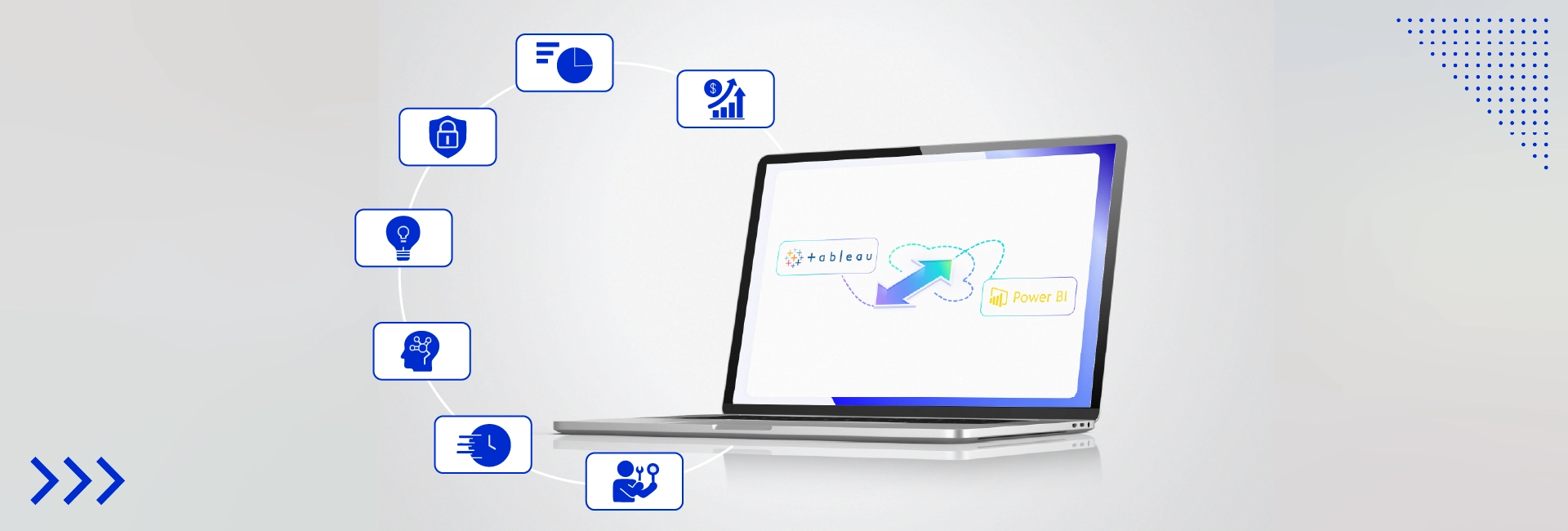In the fast-paced world of insurance and risk management, the First Notice of Loss (FNOL) is crucial in initiating the claims process. It’s the first step toward an efficient and successful claim settlement. As the name suggests, it is an initial report about the reported incident, loss, or damage to the insurer. A streamlined FNOL process does more than expedite claim resolution; it also ensures smoother settlements. It builds the foundation for fast-tracking the claim, accurate documentation, and clear and precise communication. With an exceptional FNOL process, insurers can achieve their goals of customer trust, loyalty, and retention, which sums up to create a positive customer experience.
- FNOL: The Foundation of Proactive Claims Management
- Don’t Get Caught Unprepared: The Key to Mastering the First Notice of Loss
- The Role of Technology in FNOL: Transforming Insurance Loss Notification
- First notice, big hurdles: Common FNOL reporting challenges for insurance agents
- Streamline success: Let FBSPL Handle Your FNOL
- Before we wrap up!
FNOL: The Foundation of Proactive Claims Management
Cost, customer satisfaction, and claims processing efficiency - FNOL directly impacts these three pillars of the insurance claims process.
| According to Insurance Business America Lightico, a streamlined and accurate FNOL procedure with automation and lower error rates can reduce claim handling costs by up to 90%. |
For accurate and timely claim resolutions, claims managers and adjusters resort to the first report to gain early and comprehensive data. This can expedite investigations, assess risks, and quickly allocate resources.

Don’t Get Caught Unprepared: The Key to Mastering the First Notice of Loss
“Delayed or denied insurance claims due to incomplete or incorrect filing of First Notice of Loss accounts for 30%, leading to incomplete claim settlement.”
First Notice of Loss is all about being ready, informed, and proactive, as it sets the tone for the claims process. A deeper understanding will help you to navigate challenges and sail through them all with clarity and efficiency. Let’s have a look at every pointer you need to cover-
1. Policy Details:
Start from the basics. The first step to a claim review is checking the policy number and the type of coverage it provides. If the policy is active and the scope is clear to you, you will be better able to prevent misunderstandings and streamline initial assessments.
2. Incident Details:
A detailed document that answers forms the core of an FNOL. Aim to accurately note the incident's date, time, location, and nature to help you quickly determine validity and claim priority.
3. Description of Loss or Damage:
Nothing is more valuable than a clear account of the loss or damage. This step is crucial, as details like the type and extent of damage will determine the direction of the investigation and claims process.
4. Contact information and supporting documents:
If you aim for quick follow-up and accurate information gathering, record the contact details of all relevant parties. With it, proofs like photos, videos, and police reports add valuable context. Everything together will help you determine liability and estimate losses.
5. Special Circumstances or Additional Notes:
Every detail matters. Conduct a thorough round of questioning to determine if any unique factors, like additional insured interests or potential hazards, are related to the event. This will provide the claims team with context, improving their evaluation and response time.
The Role of Technology in FNOL: Transforming Insurance Loss Notification
The insurance industry is ever-evolving, and technology today plays a pivotal role in intensifying the First Notice of Loss process. From helping insurers streamline the insurance loss notification to the claim filing process, technology is evolving the spheres of customer satisfaction and operational efficiency. Let’s dive deeper into how FNOL technology is a game-changer.
1. Tech-driven communication
Technology creates a smooth communication line between policyholders and agents by eliminating delays or extensive paperwork nightmares. By incorporating digital FNOL systems, such as user-friendly apps or online portals powered by cloud-based technology, you can ask policyholders to report losses promptly and efficiently. This will reduce extensive paperwork at your end and allow everyone to be on the same page with real-time messaging, leveraging technologies like instant messaging platforms and AI-driven chatbots, making everything a smooth ride.
2. Data collection and management
A simplified data collection process is always a good option if you want a head start. Look for digital tools like mobile applications to gather essential information faster, like photos or accident details. This way, you can manage data in a centralized system, cutting down on the back-and-forth and reducing the risk of overlooking crucial information.
3. Automation and AI: The dynamic duo
Today, it is fair to call automation tools and AI the driving force of the FNOL workflow. You can rely on them to analyze vast data, identify common claim patterns, and flag potential frauds in just a snap.
A McKinsey study emphasized how AI implementation in claims processing can reduce operational costs by up to 30%.
4. Enhanced analytics for informed decisions
A deeper understanding of trends in claims can streamline processes on a deeper level, and technology’s robust analytics can help you do so. With the First Notice of Loss data analytics report, you can identify areas for improvement and adjust strategies accordingly.
For example - If specific claims are usually delayed, you can focus on streamlining those processes.
This data-driven approach makes the claim filing process proactive instead of just reactive.
First notice, big hurdles: Common FNOL reporting challenges for insurance agents
The FNOL reporting is as complex as it looks. It is fraught with challenges that can be handled well with proactive strategies. Understanding the challenges it comes with is the first step towards creating an effective and efficient workflow, so let’s have a look at some roadblocks that can occur:
1. Missing information
One of the biggest challenges, and a constant one in the reporting process, is acquiring complete and accurate information from policyholders. Realization about missing data, when you are far into the process can lead to confusion or hampered results. Similarly, when you have to run for additional details at the last moment, it can prolong the entire claims process and disturb policyholders' experience.
2. Communication gaps
Miscommunication is a common problem that leads to more bumps on the expected smooth road of the FNOL process. A classic example would be your customers feeling uninformed about their claim status due to your unavailability or a complicated system. This can diminish their trust in you, but on the other side, clear communication channels can help keep all parties updated and engaged.
3. Technological barriers
We see technological advancements daily, and adapting to them isn’t easy for many agents and policyholders. While some customers struggle with online insurance reporting systems, leading to incomplete submissions, some agents find navigating the mobile apps difficult. Only a user-friendly interface and proper training can fill the gaps, making the process easy and effective.
4. Fraud detection concerns
There is a constant battle to balance the need for a thorough investigation and the urgent processing of legitimate claims. Fraudsters often exploit the early stage of FNOL to misrepresent details, file false claims, or steal identities. Agents often struggle with detecting activities like this or deadlines with falsely exaggerated losses or wrongly reported pre-existing damage, which becomes challenging as the information is misleading.
Streamline success: Let FBSPL Handle Your FNOL
Outsourcing FNOL can be a boon for you if you want to reduce operational costs and enhance efficiency. The experts at FBSPL file claims with the insurance carrier by collecting loss information such as date and proof of loss. They prepare the Acord Loss Letter for the E&S and Admitted Markets, assigning claims and the adjustor's information. Not only that, but they also check the status of filed claims promptly and share the status with policyholders. With end-to-end handling, you can sit back and rest assured of settlement without hassle.
Before we wrap up!
A robust First Notice of Loss process can be fruitful in streamlining insurance claims management, encouraging customer loyalty, enhancing operational efficiency, and minimizing costs. Prioritizing timely and accurate reporting can help ensure that happens each time. On the other hand, leveraging technology like digital systems and automation can help you explore ways to handle claims and ensure seamless communication and effective data management.
Remember: A proactive approach and commitment to continuous improvement will lead you to success, and outsourcing is always a solution when it gets challenging to handle things effectively.





